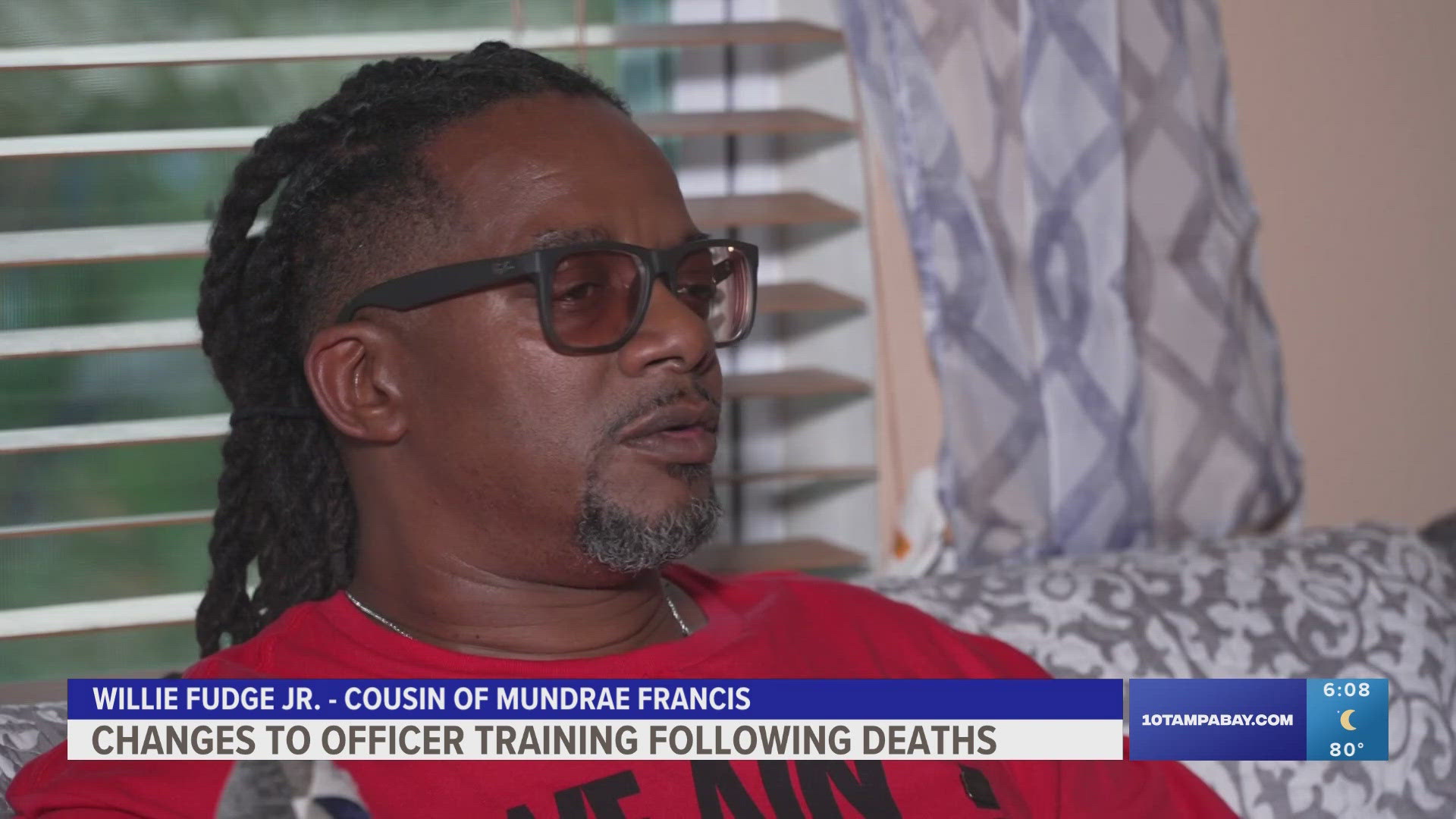Shopping mortgage rates is a bit like trying to buy a new car that has five different sticker prices on the window. You know that you won’t end up paying any of those prices, but you have no idea which one is even close to what you’ll pay.
Here’s how to get a real mortgage rate.
That low mortgage rate might cost you
Put a few details into an online mortgage rate tool and see what happens: You get a page full of results with dozens of different interest rates. You’re certainly not going to pick the highest rate shown, but how do you know whether the lowest rate is the real deal?
First off, all of the rates you see are “published” rates. Many times an additional fee is required to earn the published rate. For example, in a recent weekly survey of national lenders by Freddie Mac, the average rate noted in the report required borrowers to pay a 0.50% discount point — or one-half of 1% of the total loan amount. On a $300,000 loan, that would mean you would pay $1,500 upfront to get the published rate. And remember, that’s in addition to your down payment.
If you want to get a mortgage without paying points, your rate will be higher.
Your rate may vary
Lenders also publish rates that have very specific prerequisites.
"Those assumptions could be a specific loan-to-value — so a specific amount of equity in a property — or a specific credit score, a specific loan amount and a specific product," says Shmuel Shayowitz, president of Approved Funding in River Edge, N.J. "And most certainly a specific location. Because banks offer different rates based on different geographical locations."
And then there's rounding. Freddie Mac, lenders and the media often quote average rates in hundredths of a percent; for example, 3.43% for a 30-year mortgage. It's almost certain that you won't get that rate because lenders quote rates in ⅛ increments, which is 0.125%.
"More than likely that rate would go up to 3.5% or a lender may go down to 3⅜ and then charge more in the fees," Shayowitz says. "But you're certainly not going to get a rate of 3.43% — and how and where it gets rounded up or rounded down to the ⅛ increment is up to the individual lender."
How to avoid the irrelevant rate
"The rate that you're getting quoted online or seeing in the media really is irrelevant. It's almost unattainable. It's not tangible," Shayowitz says. To get a real-life mortgage rate, he says, "Speak to somebody — a live person — about your individual circumstances."
5 tips for getting the best mortgage rate
Compare rates and fees shown on an official loan estimate after submitting an application to a lender rather than comparing “published rates.”
Apply to three or more lenders.
Make your applications all within 14 days to minimize the impact to your credit score.
Consider different types of lenders: local, national, small, large, online, etc.
Get preapproved well before you “find the perfect house.”
Hal Bundrick is a staff writer at NerdWallet, a personal finance website. Email: hal@nerdwallet.com. Twitter:@halmbundrick
NerdWallet is a USA TODAY content partner providing general news, commentary and coverage from around the web. Its content is produced independently of USA TODAY.


